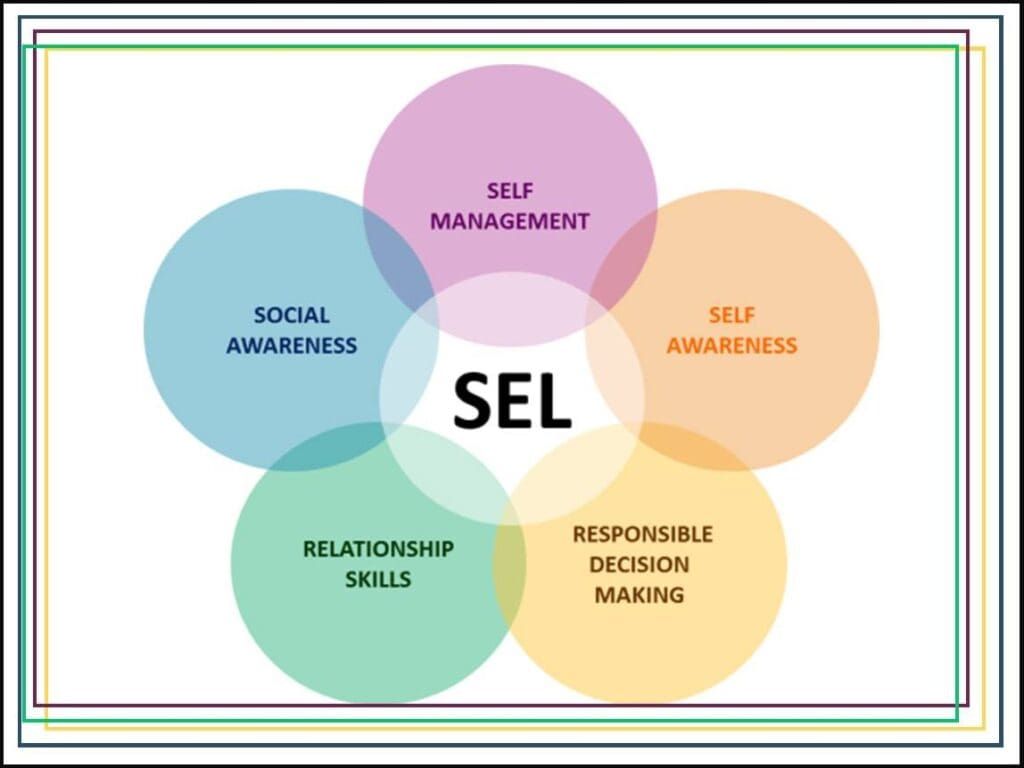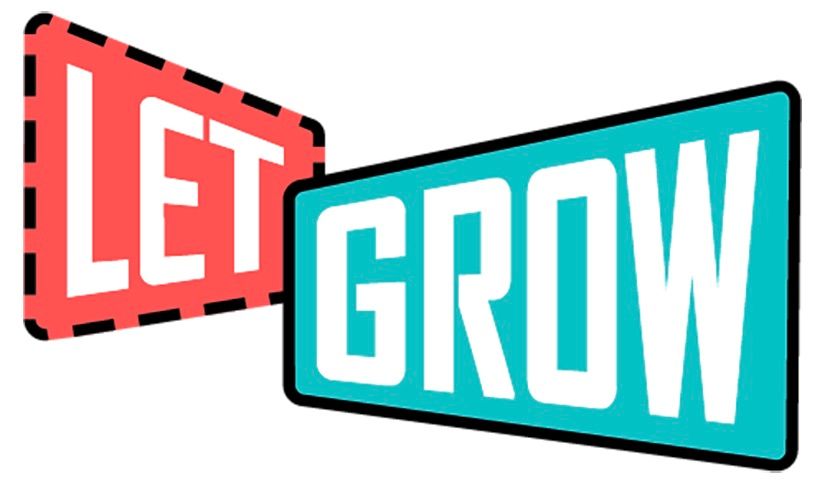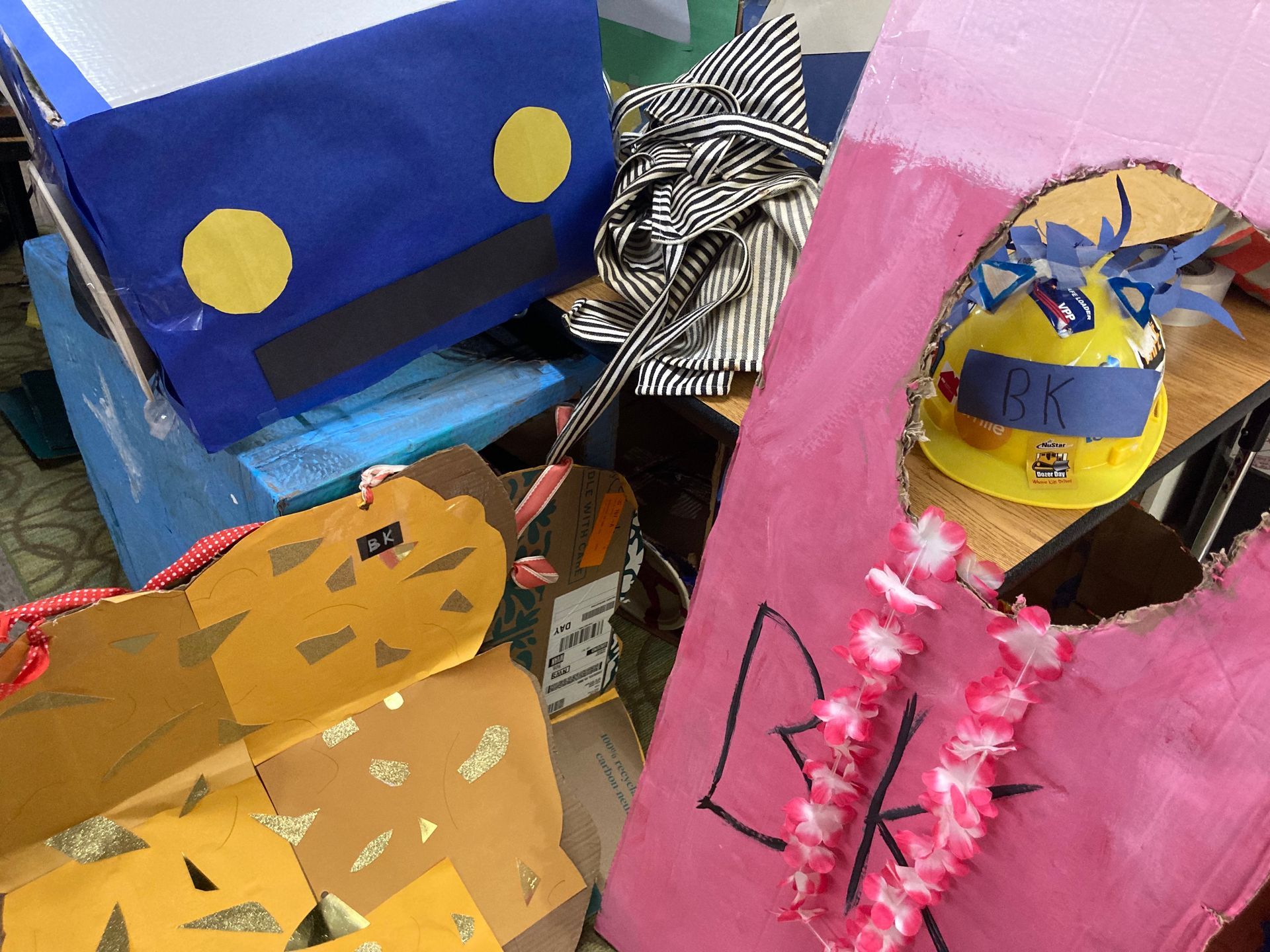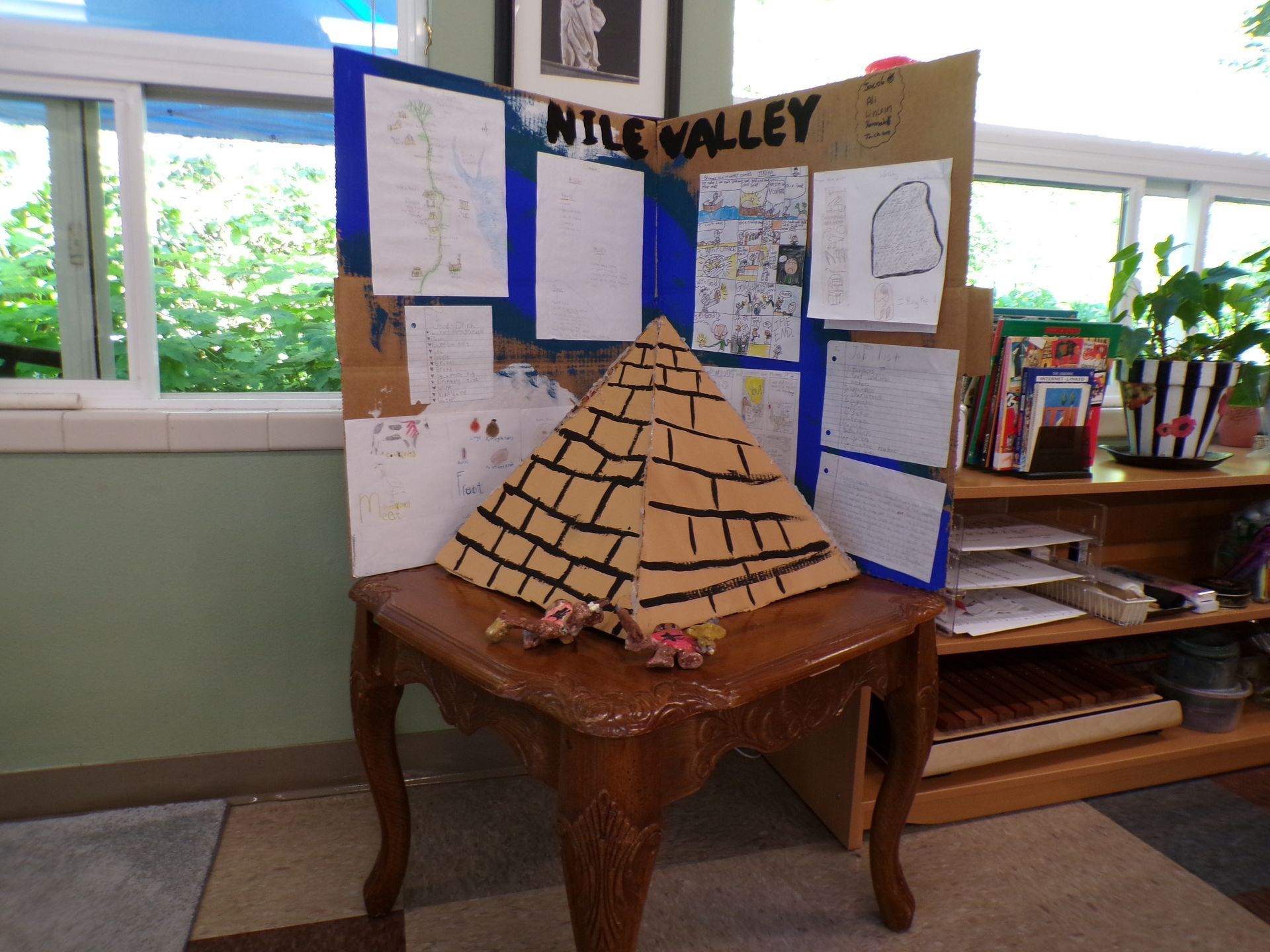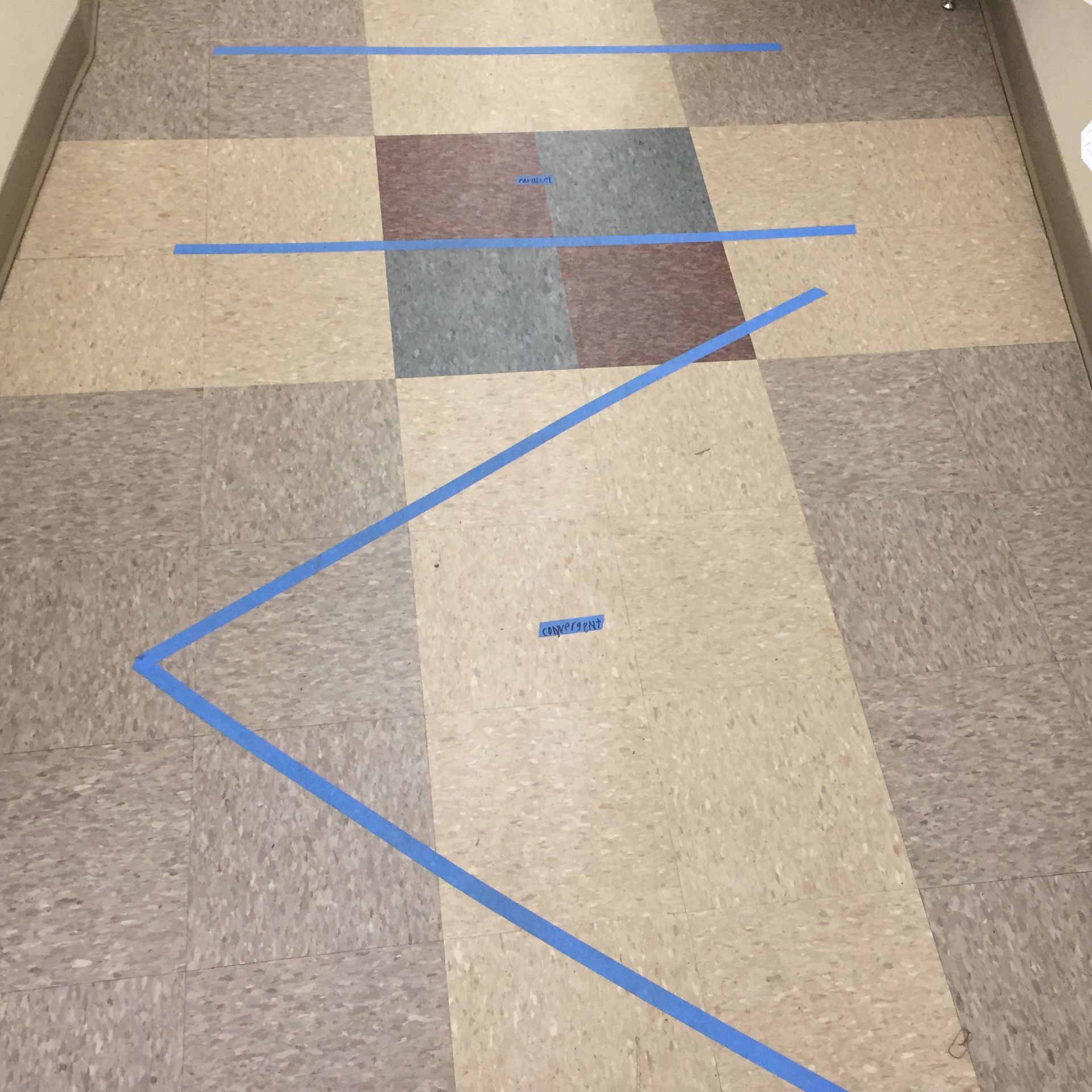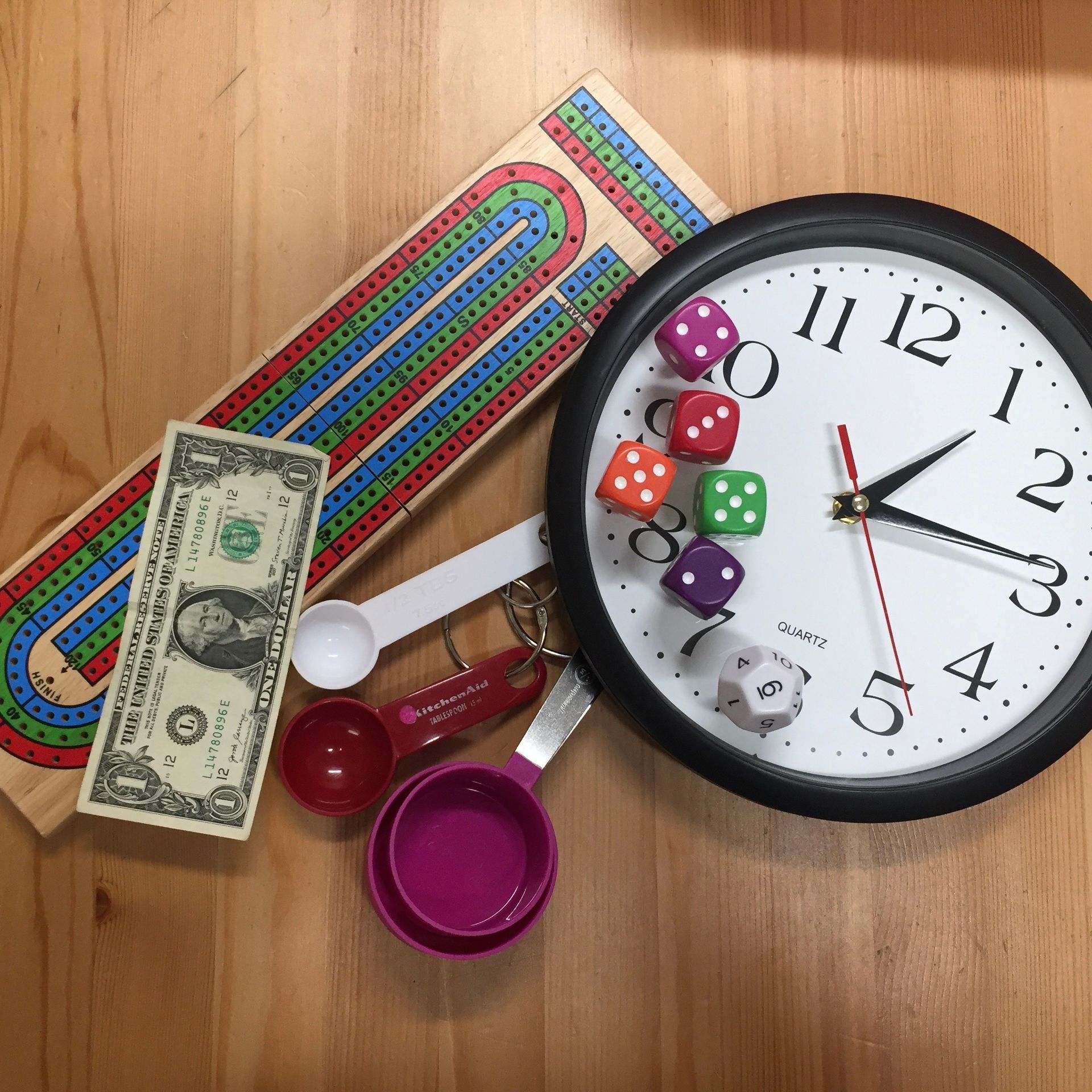Holiday Gifts: What Do Children Really Need?
Many children in the United States have too many toys! So what do we get them for the holidays?
For this blog post, we’d like to give credit to Kay Neff for putting this article together, and Thrive Montessori for providing many helpful resources!
Children want and need their parents’ time and attention, but the toy industry seems to be pulling in the opposite direction. There are toys that are advertised for children to use alone in their rooms, or electronic toys which show them to turn to a device instead of other humans for happiness, and cheap plastic toys that give the message that children are not worth the real thing or best quality… so where is this heading?
The following text is adapted from publications by the Michael Olaf Montessori Company, a company that focuses on high-quality items that families can use together, or that teach about the real world of plants, animals, and humans, and the beautiful world of the arts. As you’ll see, thoughtfully setting the stage for each level of development is a wonderful gift we can give our children.
Preparing the Environment
Constant preparation and adaptation of the environment to the ever-changing needs and tendencies of growing children is essential in the Montessori method of raising and educating children. The first consideration is physical safety, then the proper support for freedom of movement, exploration, providing a chance to make choices, concentrate, create, and completing cycles – all of which contribute to optimum development.
Birth to Age 3
If the child is exposed to beautiful mobiles, posters, rattles, and toys, as an adult she will help create a world with the same high standards.
When parents are getting ready for their first child, they will be overwhelmed by ads on what they “need” for that child. It seems that these ads are aimed at selling things far more than providing what is really good for the child. Not only are may items over-stimulating for the young child (too many objects, uncomfortably bright colors), but they also hamper the natural development of important abilities such as language (pacifiers), movement (cribs, swings, and high chairs) and can even sometimes be dangerous (walkers and off-gases from plastic).
A simple, natural, and gentle environment that encourages feelings of safety and encourages the child to communicate with others and to move – that is the superior environment for the child from birth to age 3.
A child will develop more fully – mentally, emotionally, and physically – when she is free to move and explore an ever-enlarging environment. But careful attention must be paid to covering plugs, taping wires to the wall or floor, removing poisonous plants and chemicals, and removing any objects that could harm the child.
During the first years the child will absorb, like a sponge, whatever is in the environment – ugliness or beauty, coarse behavior or gentleness, good or bad language. As parents we are the first models of what it means to be human.
Quality and beauty of the environment and books and materials are very important in attracting, satisfying, and keeping a child’s attention. If the child is exposed to beautiful mobiles, posters, rattles, and toys, as an adult she will help create a world with the same high standards. Toys, rattles, puzzles, tables, and chairs – made of wood – foster an appreciation for nature and quality and protect the child from unsafe chemicals that are found in many synthetic materials.
Pictures on the wall, hung at the child’s eye level, can be beautifully framed art prints or simple posters. All of us have been influenced by our first environment, and nothing helps create beauty in the world as much as giving beauty to the very young.
Sometimes we forget that daily life was first carried out in the outdoors. This is still the instinct of the child. In the first days of life, just a breath of fresh air and a look at tree branches moving in the wind each day is sufficient; soon a daily walk in the baby carrier or stroller; and before you know it, walks led by the child, where each new thing – cracks in the sidewalk, parades of ants, puddles, brick walls, weeds, and thistles –many details which we as adults previously overlooked, will enchant the child and turn a short walk into a drawn-out discovery. It is very good for us adults to slow down, forget our plan, and follow the child as he sees, hears, smells, and touches the outside world.
Ages 3-6
Children aged 3 to 6 often prefer to work on the floor instead of at a table – on rugs or pieces of carpet that can be rolled up or put out of the way when not in use. This marks the workspace just as a table would.
Toys, books, and materials can be attractively arranged on trays and in baskets, on natural wood or white shelves. Each object has a special, permanent place so that the child knows where to find it and where to put it away when it is finished. Tables and chairs that support proper posture are important at this age.
Welcome the child to your outside work – washing the car, working in the garden, whatever you can do outside instead of inside. There is always some little part of the real work that a child can do.
Ages 6-12
Children aged 6 to 12 are interested in right and wrong, history and the far distant past, other cultures and countries, and great people - such as inventors, explorers, kings and queens, or heroes in the arts and athletic worlds. Children this age are interested in exploring with their minds. Books and large projects, cooperative games, and especially real work in the real world are all meaningful for children this age.
Children age 6 to 12 can contribute a lot to a family, tending to pets or animals, and learning many basic chores to keep the household running. such as cooking and gardening. At this age, your child is building the groundwork for a valuable, interesting, and enjoyable future - the whole world is open to them!
It’s a great time for hobbies, but also for connecting socially with family, neighbors and friends. As always, the human environment is just as important as the physical one. You may notice that your child is less interested in keeping things orderly, and that they are often messy or even dirty. This is normal - they need to be encouraged to see the
reason behind cleaning up, and may find learning about bacteria and fungus to be a great motivation for washing their hands and keeping their room clean!
Ideas For All Ages
Here are some things to keep in mind when organizing a child’s environment.
- Participation in family life: Even from the very first days, include the child in the life of the family. Have a place in each room for a few carefully chosen belongings – in the living room, a place for the child’s books and toys – neatly, attractively organized. Think out the activities and the materials for all living spaces and arrange the environment to include the child’s activities.
- Independence: The child’s message to us at any age is “Help me to do it myself”. Supporting this need shows respect for and faith in the child. Think carefully about family activities in all areas of the home, and arrange each space to support independence. Add a coat tree, low clothing rod, or hook wherever the child undresses or dresses (front hall, bathroom, bedroom); a stool or bench for removing shoes and boots; inviting shelves for books, dishes, toys.
- Belongings: Don’t put out too many toys and books at one time. Those being used by the child at the moment are sufficient. It is a good idea to rotate – taking out those books and toys that have not been chosen lately and removing them to storage for a time.
- Putting away and the sense of order: Everyone at every age is affected by their environment. A child who joins in on the arrangement of an environment, and learns to select a few lovely things, will be aided in many ways. An organized environment helps create good work habits, lays groundwork for the development of concentration, and a clear, uncluttered, and peaceful mind. Rather than tossing toys into large toy boxes, it is more satisfying to the child to keep them neatly on shelves, hung on hooks, ready to work with wooden trays or in small baskets. This also makes putting things away much more logical and enjoyable.
- Cultural emphasis: Make your home a reflection of your own unique part of the world. Include music, books, foods, crafts, and stories from your parents’ and grandparents’ lives, but also include the same elements of cultures from around the world so your child learns that everyone is connected and he is a member of an international community.


